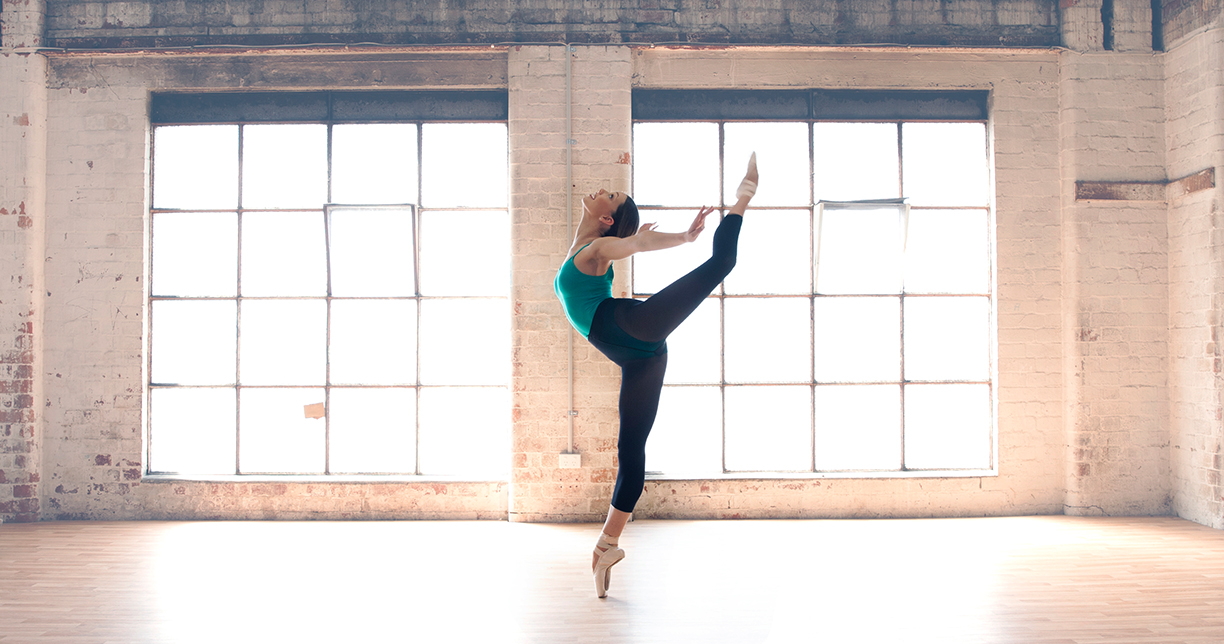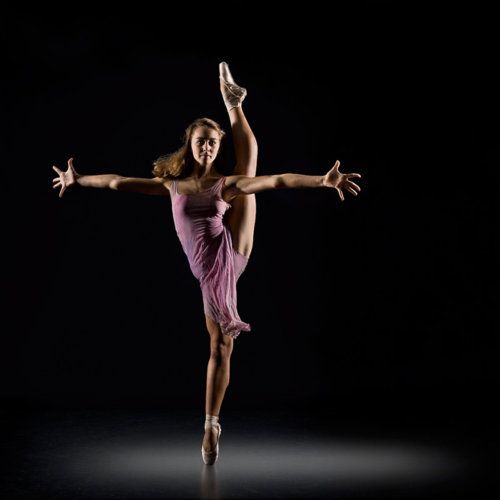In this post we look at why The Australian Ballet stopped stretching and what happened to their dancers as a result.

If you think of activities that require significant range of motion, ballet has to be close to the top of the list.
Ballet dancers effortlessly place their limbs in positions that would have most of us admitted to A&E.
As a result passive stretching has been an integral part of their training since ballet schools began to form over 100 years ago.
It was controversial therefore when The Australian Ballet recently said they had stopped the practice, in an effort to reduce their injury rates.
G’day strengthening, good bye stretching
Injuries in ballet dancing are very common.
Dr James Garrick, who opened one of the world’s first dance medicine clinics in San Francisco, puts injury rates at around 80%.
This compares with contact sports such as American football and rugby.
Most studies show over half of ballet injuries occur in the lower legs and feet. The dancers of The Australian Ballet were no different.
Head physiotherapist of the company, Sue Mayes, began a long range in house study on injury rates back in 2003.
Mayes noted that dancers who’d suffered a calf injury in the previous 6 months, were unable to complete more than 25 single leg calf raises. Some struggled to do more than 8.
Even if you couldn’t identify a plié from a plonker, you probably know that ballet dancers spend a lot of their time on their tip toes. In order to achieve this their calf muscles need to be strong.
Mayes introduced single leg calf raises to the training schedule of her dancers and crucially began to unravel the connection between stretching and range of motion within the culture of the company.
She explains the approach is to ‘really stop using the word ‘stretching’ and ‘flexibility’ and to really try to think about it more as optimising your capacity, strength and power at those end ranges. We have found that by strengthening, you can increase your range of movement much more effectively and safely obviously.”
Mayes goes on to say that as ballet dancing is a dynamic activity, it requires strength to control the end ranges of the joints, rather than just the ability to move there passively.
The result of this work has been a significant reduction in injuries to the calves and feet of the dancers over the last 10 years.
What can we learn from this?
The obvious lesson here is that if ballet dancers can thrive without stretching, then so can you.
It’s also important to recognise that you can work on improving range of motion using strength training.
Whilst the dancers in Mayes’ company binned passive stretching, they spent time strengthening their muscles at the end ranges of their joints where they were required to work.
For example, to hold positions such as the Dévelopeé a lá Secondé pictured below, they focussed on training the muscles that take their limbs into these extreme positions. As opposed to stretching the muscles that would prevent this motion.

This is a crucial and fundamental difference.
More muscular control of positions not only improves the performance of any activity, it also reduces the risk of moving into positions that aren’t under the control of the muscular system.
This reduces the risk of injury.
Summary
What helps ballet dancers to stay healthy can also help you.
Use strength training rather than stretching to maintain range of motion.
Focus on contracting muscles to take you into positions rather than letting gravity or the assistance of your body weight take you there.
I can’t guarantee that you’ll have your foot up by your face anytime soon, but your joints and your muscles will be happier for it.